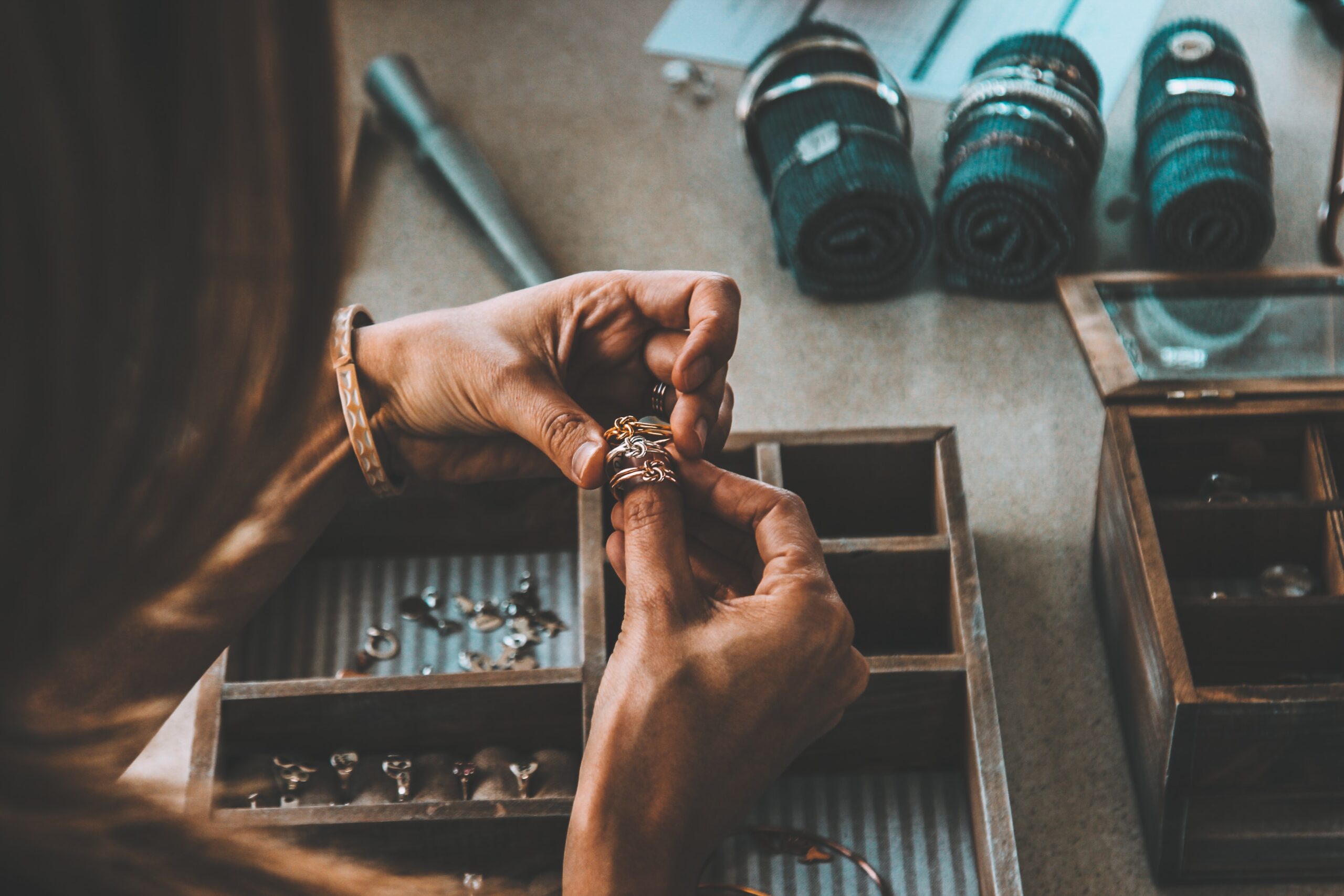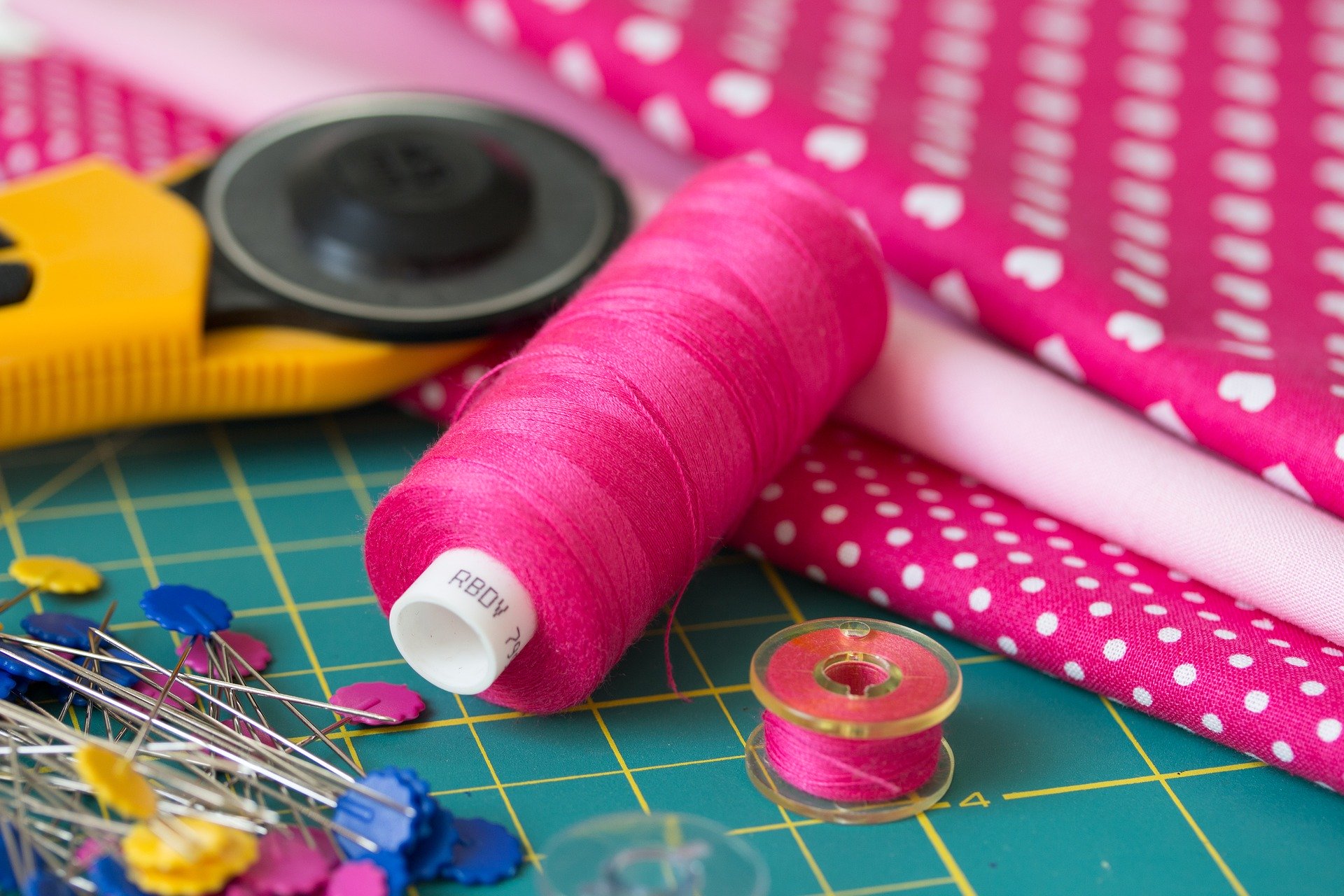Nowadays, having the perfect wardrobe doesn’t just mean looking good. It’s also about doing good, too. Conscious consumerism is a movement taking over various industries, including fashion—for good reason!
If you’re ready to make a fashion statement and a positive impact, keep reading for the top zero-waste wardrobe tips.
Tips for Minimizing Your Environmental Impact While Building Your Wardrobe
Making sustainable fashion choices and looking good doing so can be more manageable with the following strategies:
Think Twice Before Buying
At times, the right zero-waste move is to not make one at all. Just like shopping for groceries, why not write down a list of clothes that you really need to build your wardrobe? This can help you make better choices when you’re at the mall and spot a sale. Instead of buying on impulse, you can go back to your list to check whether you’re about to buy something that you actually need or just another trendy outfit that’s on sale.
Be Mindful of the Materials
Another thing you want to consider is the material of the items you’re buying. Make sure the material will go well for your lifestyle. For example, some fabrics are more sensitive and may require extra care. These two options can mean an extra trip to the dry cleaners (more fuel consumption) or another load inside the washing machine (more water and energy).
Of course, if it’s at all possible, avoid purchasing low-quality clothes. Buying poorly-made items or clothes with cheap fabrics can cost you more money; you’ll have to buy more and more clothes to replace them. And it’s not just the financial impact; cheap clothes—in terms of quality—aren’t that great for the environment either. Unusable clothes will most likely be thrown out and end up in a landfill, only contributing to more ethical, environmental, and health concerns.
You need to check the quality, including the stitching and type of fabric, to ensure you have a good deal. If you can, choose well-made, reasonably-priced fashion items that can serve you longer.
Find Brands Committed to Sustainability
A good practice when building your wardrobe is to learn more about the brands you’ll be buying from. Conscious brands are open about how they source their products and their sustainability commitments. A quick search online can help you find which brands will align well with your personal goals. And it’s not just using materials that are good for the earth. Make sure to choose brands that don’t participate in unethical practices like abusing workers’ rights and false advertising for truly conscious consumerism.
Support Local Businesses
Local businesses are essential to a country’s economy. Small businesses help build the community by creating job opportunities for locals and contributing to local economic activity.
Supporting local businesses is not just a way to help your community. It can also be a way to buy clothes without causing too much environmental impact. Buying locally won’t need any cross-country delivery, which requires more fuel consumption and wasteful packaging.
Buy Second Hand
Buying second hand, whether through online platforms or thrift shops, can also be an excellent option. You can give your wardrobe a boost by choosing pre-loved items. Vintage and thrift finds are relatively cheaper but offer extra personality. This is a popular circular fashion strategy for those who want good quality—even branded products—at a fraction of the price. You can find nice leather jackets and accessories for any outfit. So, if you want to refresh your closet without breaking the bank, consider going thrift shopping or visiting nearby vintage stores.
Find New Uses for Old Clothes
An indirect but welcome effect of making more environmentally-friendly style choices is that you get to be more creative with your wardrobe. Old clothes that may no longer fit your style or the season can have a new life. For example, you can start a DIY fashion project with your old jeans. From one pair of pants, you can make cute denim shorts and a new shopping bag for the next trip to the farmers’ market.
Sell or Donate
Do you have clothes that you simply cannot see yourself wearing anymore? Then, it’s best to find a new home for them while they’re still in top condition. For clothes you don’t see yourself using anymore, it’s best to find a new home while they’re still in good condition. There are plenty of online marketplaces where you can sell pre-loved fashion items. Or you can donate basics to charitable institutions, where they can be provided to those who need them or sold to raise money for hospitals or medical research. These are way better options than having your discarded clothes end up in a landfill.
Conclusion
Don’t worry about creating big waves. Making small yet conscious efforts like the above can help you on your zero-waste journey. Regularly integrating eco-friendly practices into your daily life, including what you consume and wear, is always better than doing nothing.
It’s also important to remember that when it comes to fashion, going after the new and shiny isn’t always the right decision. Trends come and go, but staying true to your personal style while minimizing environmental impact is always the fashion-forward choice.
Article by Myrtle Bautista




